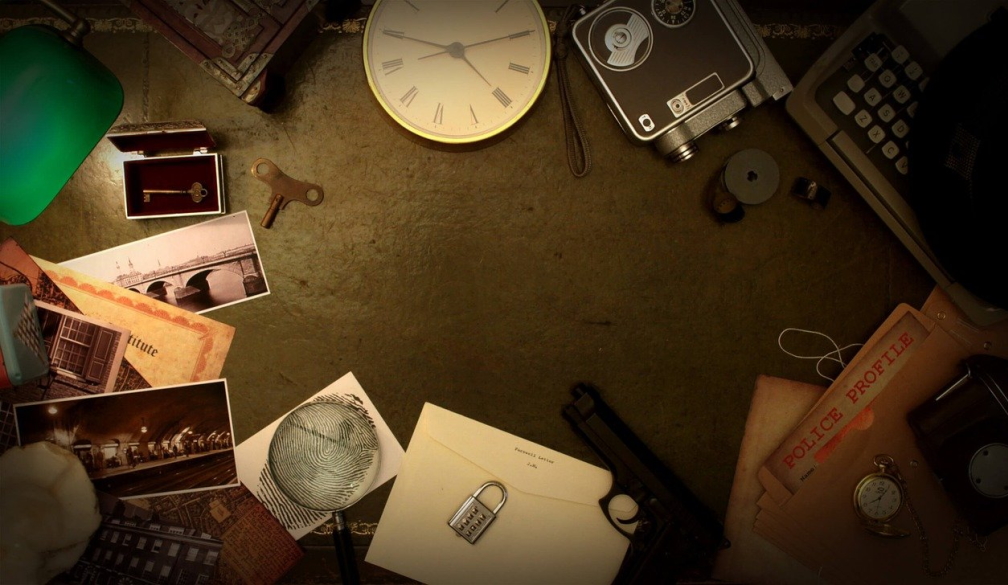Overcoming fear

The majority of neuroscientists have established that people are very often anxious since they can create images of fear in their heads even by thinking. A frightening event does not have to happen for us to be able to be frightened. What can a person be afraid of, and what can we do against pathological anxiety?
What could be the cause of the fear?
If we take our ancestors as a starting point, they were looking to survive, escape predators, avoid disease and any situation that could threaten their lives. Over the centuries, however, the number of factors that triggered fear increased. Today, we may fear terrorism and destructive events, but it is not these fears that affect us in our daily lives. The events that concern us most directly are the loss of our jobs, financial problems, illness, and anxiety for our children. Nowadays, these are the worries that define us.
Different types of fears
Fear can be defined as an emotion that occurs in actual or perceived situations threatening our safety. Fear refers to an object, whereas dread is fear without an object. We can distinguish innate fear, where fear is associated from birth with a particular triggering situation. Anxiety is another type, where social fears, fears related to gender roles, or performance anxiety come to the fore. Another classification is symbolic fear, such as fear of the dark.
What determines how scared we are?
Who, when, from what, and how afraid someone is, depends on many things. Genetic vulnerability is only one reason. We are also affected by past experiences and traumas. Together, these all play a part in how dangerous we judge a situation. If we believe we can cope with the situation and have confidence in ourselves, we will be less afraid.
Our body reacts unintentionally to danger.
The feeling of fear is an instinctive reaction, accompanied by physiological phenomena: heart rate increases, breathing becomes rapid, blood pressure rises, pupils dilate, and sweating starts. The body prepares itself for danger.
The majority of neuroscientists have established that people are very often anxious since they can create images of fear in their heads even by thinking. A frightening event does not have to happen for us to be able to be frightened. What can a person be afraid of, and what can we do against pathological anxiety?
What could be the cause of the fear?
If we take our ancestors as a starting point, they were looking to survive, escape predators, avoid disease and any situation that could threaten their lives. Over the centuries, however, the number of factors that triggered fear increased. Today, we may fear terrorism and destructive events, but it is not these fears that affect us in our daily lives. The events that concern us most directly are the loss of our jobs, financial problems, illness, and anxiety for our children. Nowadays, these are the worries that define us.
Different types of fears
Fear can be defined as an emotion that occurs in actual or perceived situations threatening our safety. Fear refers to an object, whereas dread is fear without an object. We can distinguish innate fear, where fear is associated from birth with a particular triggering situation. Anxiety is another type, where social fears, fears related to gender roles, or performance anxiety come to the fore. Another classification is symbolic fear, such as fear of the dark.
What determines how scared we are?
Who, when, from what, and how afraid someone is, depends on many things. Genetic vulnerability is only one reason. We are also affected by past experiences and traumas. Together, these all play a part in how dangerous we judge a situation. If we believe we can cope with the situation and have confidence in ourselves, we will be less afraid.
Our body reacts unintentionally to danger.
The feeling of fear is an instinctive reaction, accompanied by physiological phenomena: heart rate increases, breathing becomes rapid, blood pressure rises, pupils dilate, and sweating starts. The body prepares itself for danger.
Can being afraid have a positive effect?
We associate fear with negative emotions, but it has positive effects: it energizes, activates, and motivates us to avoid dangerous situations. When we are about to deal with a challenging situation, adrenaline increases, and the sympathetic nervous system is activated.
Escape rooms where fear is part of the game
One of the real adrenaline-boosting entertainment options is escape room games. At PanIQ Room Stockholm escape rooms, you can get into a heightened state of mind where the challenge is to investigate within the specified time. It is an exciting and energizing activity where we can experience the positive side of fear. An excellent team-building activity as the awesome escape rooms bring players together. The destination this time is Stockholm, Sweden!
We associate fear with negative emotions, but it has positive effects: it energizes, activates, and motivates us to avoid dangerous situations. When we are about to deal with a challenging situation, adrenaline increases, and the sympathetic nervous system is activated.
Escape rooms where fear is part of the game
One of the real adrenaline-boosting entertainment options is escape room games. At PanIQ Room Stockholm escape rooms, you can get into a heightened state of mind where the challenge is to investigate within the specified time. It is an exciting and energizing activity where we can experience the positive side of fear. An excellent team-building activity as the awesome escape rooms bring players together. The destination this time is Stockholm, Sweden!








